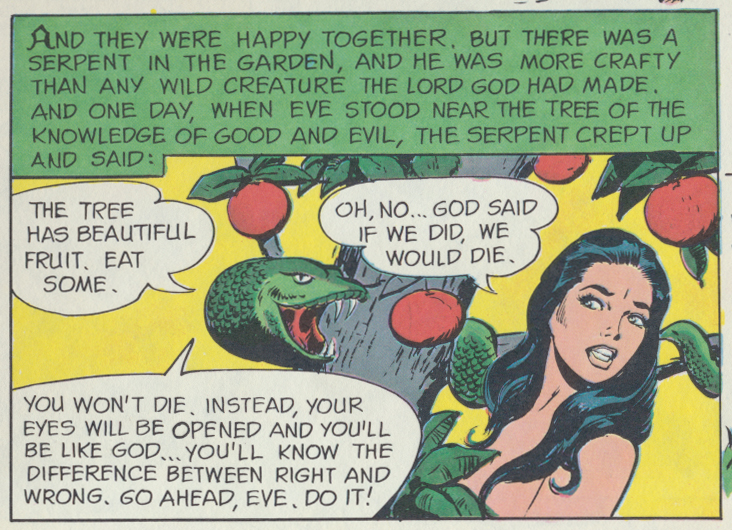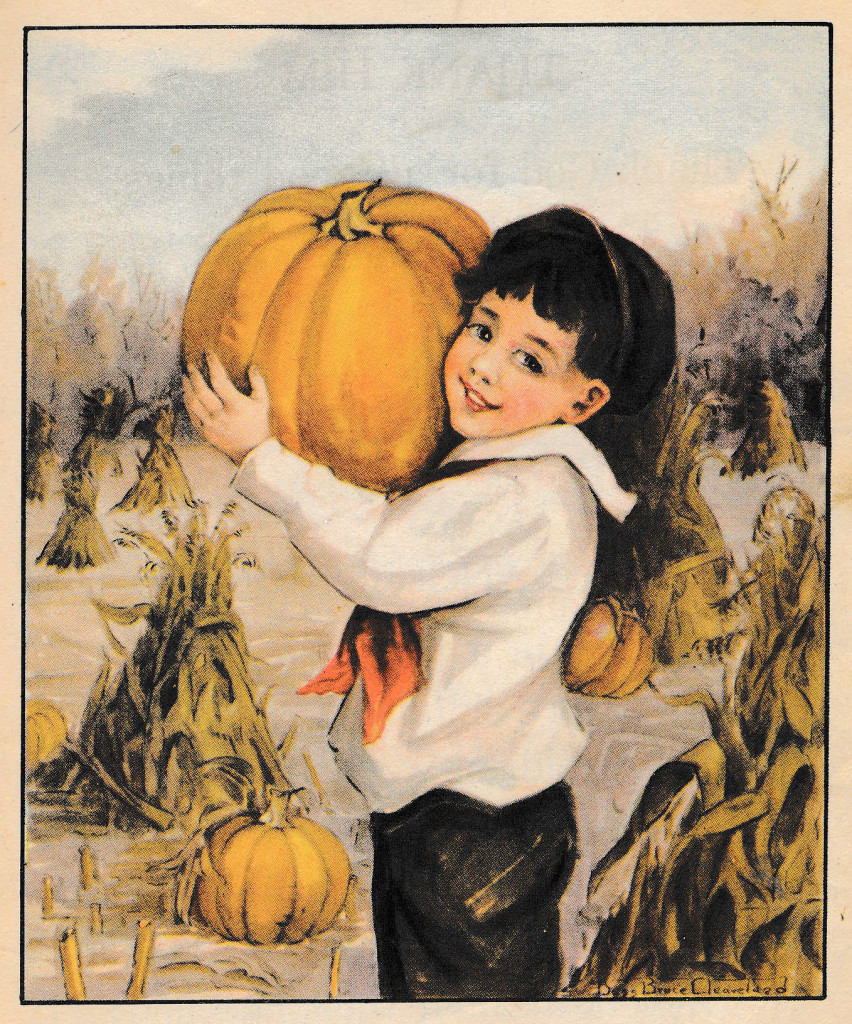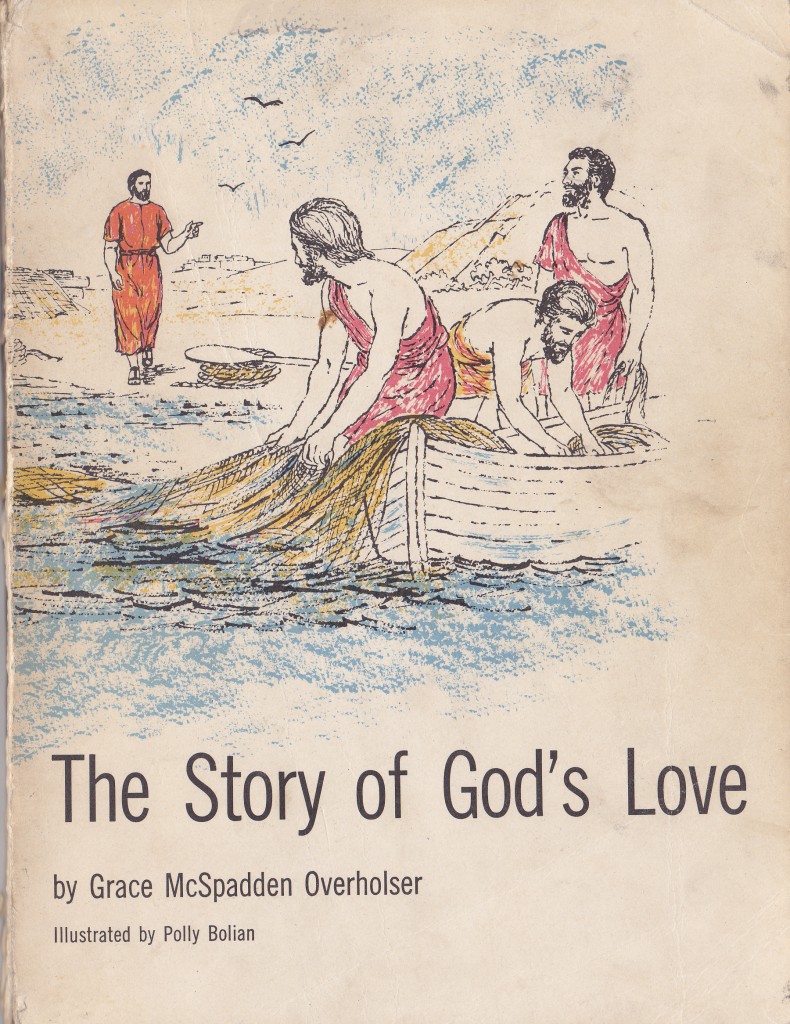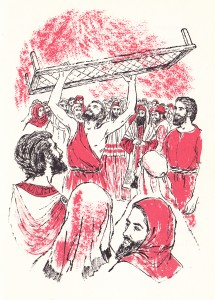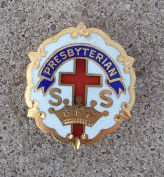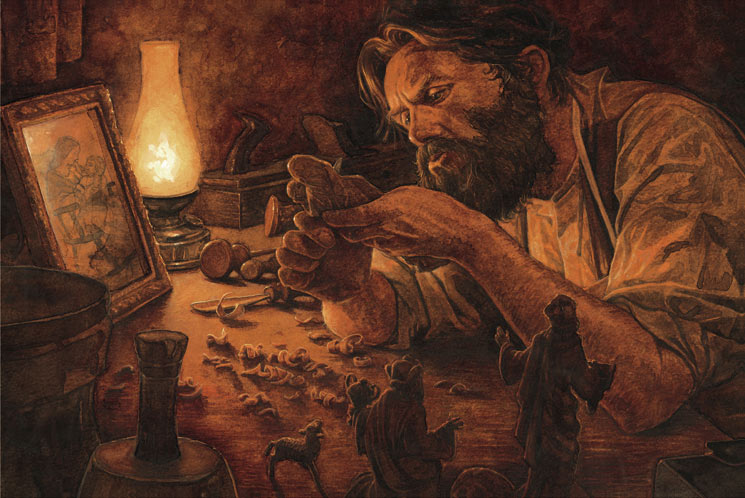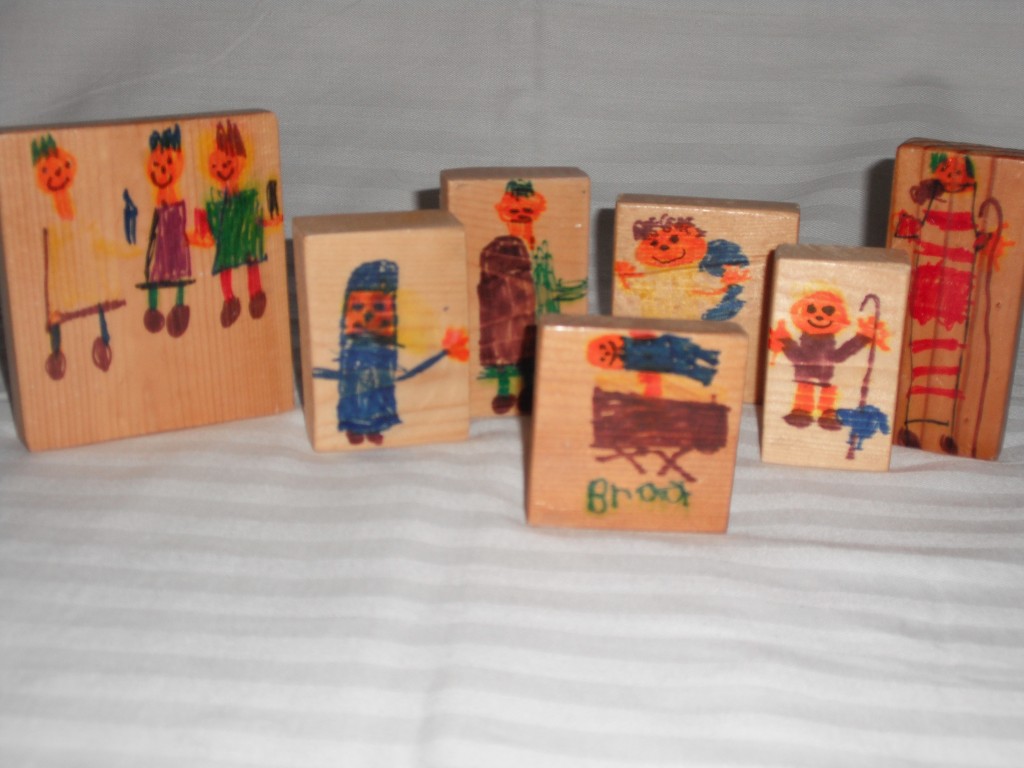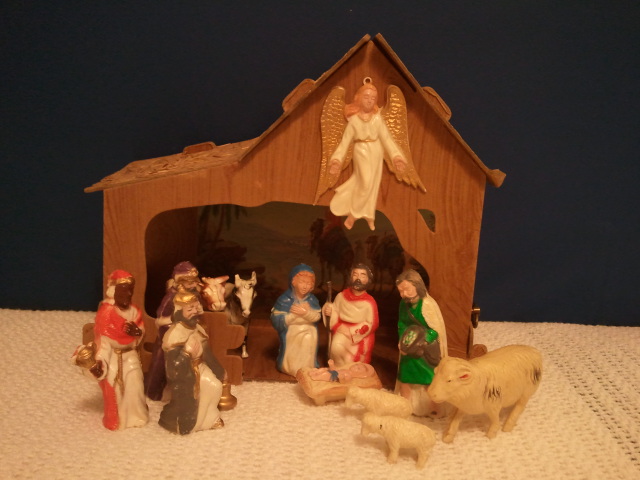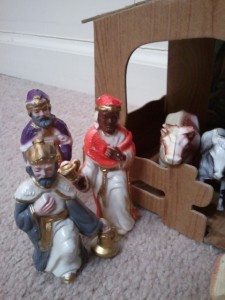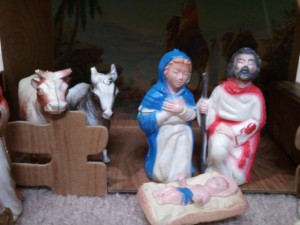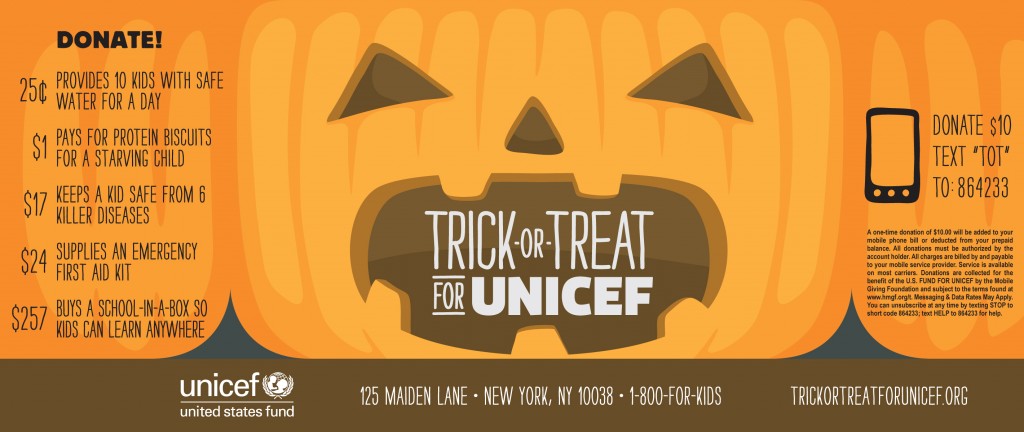Today’s reading from 1 Thessalonians is captioned “Final Exhortations, Greetings, and Benediction” and it made me smile. The passage reminded me of myself and all those other mothers trying to give their kids a long list of things to remember before launching them out into some new adventure that they’ll have to take on their own. Think about the moms in Freaky Friday or Almost Famous shouting out the car window to their children’s embarrassment, “Make good choices!” “Don’t take drugs!”
…we exhort you, brethren, admonish the idlers, encourage the fainthearted, help the weak, be patient with them all. See that none of you repays evil for evil, but always seek to do good to one another and to all. Rejoice always, pray constantly, give thanks in all circumstances; for this is the will of God in Christ Jesus for you. Do not quench the Spirit, do not despise prophesying, but test everything; hold fast what is good, abstain from every form of evil.
Then you send them off with a prayer for a blessing (usually silent so as to avoid further embarrassment)…
May the God of peace himself sanctify you wholly; and may your spirit and soul and body be kept sound and blameless at the coming of our Lord Jesus Christ.
Tell them not to forget you…
Brethren, pray for us.
and say, “Give everyone my love.”
Greet all the brethren with a holy kiss.
And then it’s over. They’re gone.




